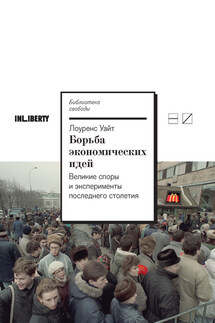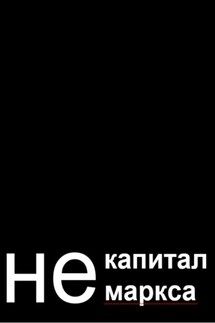The General Theory of Capital: Self-Reproduction of Humans Through Increasing Meanings - страница 68
Historically, the more specialized the activity and the active power, the more fragmented the socio-cultural order is. This can be seen in the division of property rights. Internal effects are those results of an activity that are appropriated by the subject of the activity, and external effects (that is, externalities) are results that are appropriated by someone else. James Meade described externalities using the example of farmers who grow more apple trees and neighboring beekeepers who benefit from increased nectar sources. Increased sources are the external effects of the farmers’ activity on the beekeepers. This example shows that externalities occur when one economic unit benefits from the actions of another at no cost to itself. Meade called these the “unpaid factors of production” (Meade 1952, pp. 56-7). Externalities can be either positive (goods) or negative (evils).
In a traditional economy that was based on common possession, the growing of apple trees and the keeping of bees were combined within one unit. In this case, externalities did not arise or they were appropriated by the unit itself. An external effect occurs only when the farmer and the beekeeper run private enterprises, that is, when the rights to apple trees and the rights to bees are divided between them.
The beekeepers’ benefits can also be transformed into property rights if they have to pay for the use of the increased nectar sources. The increase in meanings requires as its condition the division of effects and property, but such a division in turn requires more complex cooperation and more complex administration: the evolution of private property shows that rights cannot be completely divided. There always remains an indivisible residual, resulting from the uncertainty of the environment, from the fact that such a division itself requires expenditure.
3. Limits of simple self-reproduction
Adaptive efficiency and the race against uncertainty
Man lives under uncertainty, unpredictability of events; his activities are aimed at overcoming uncertainty, at ensuring that reality serves human needs and that needs correspond to reality. Unpredictability arises from the action of natural forces and other people, as well as man himself: sometimes man surprises himself. Armen Alchian suggested starting with the uncertainty of the environment and human motives when building an economic model:
“It is straightforward, if not heuristic, to start with complete uncertainty and nonmotivation and then to add elements of foresight and motivation in the process of building an analytical model. The opposite approach, which starts with certainty and unique motivation, must abandon its basic principles as soon as uncertainty and mixed motivations are recognized” (Alchian 1950, p. 221).
However, the approach that starts with uncertainty does not consider that the entire coevolution of humans and meanings is directed towards overcoming it. “…Humans have a ubiquitous drive to make their environment more predictable” (North 2005, p. 14). Culture-society never acts in a state of complete uncertainty, as it always has a certain stock of meanings. Humans resolve uncertainty through meanings and bear the associated costs. In other words, the amount of uncertainty that must be eliminated from an event in order to obtain a fact can be measured by the cost of action. To understand what costs must be expended, we can refer to the five types of uncertainty identified by Douglas North:







